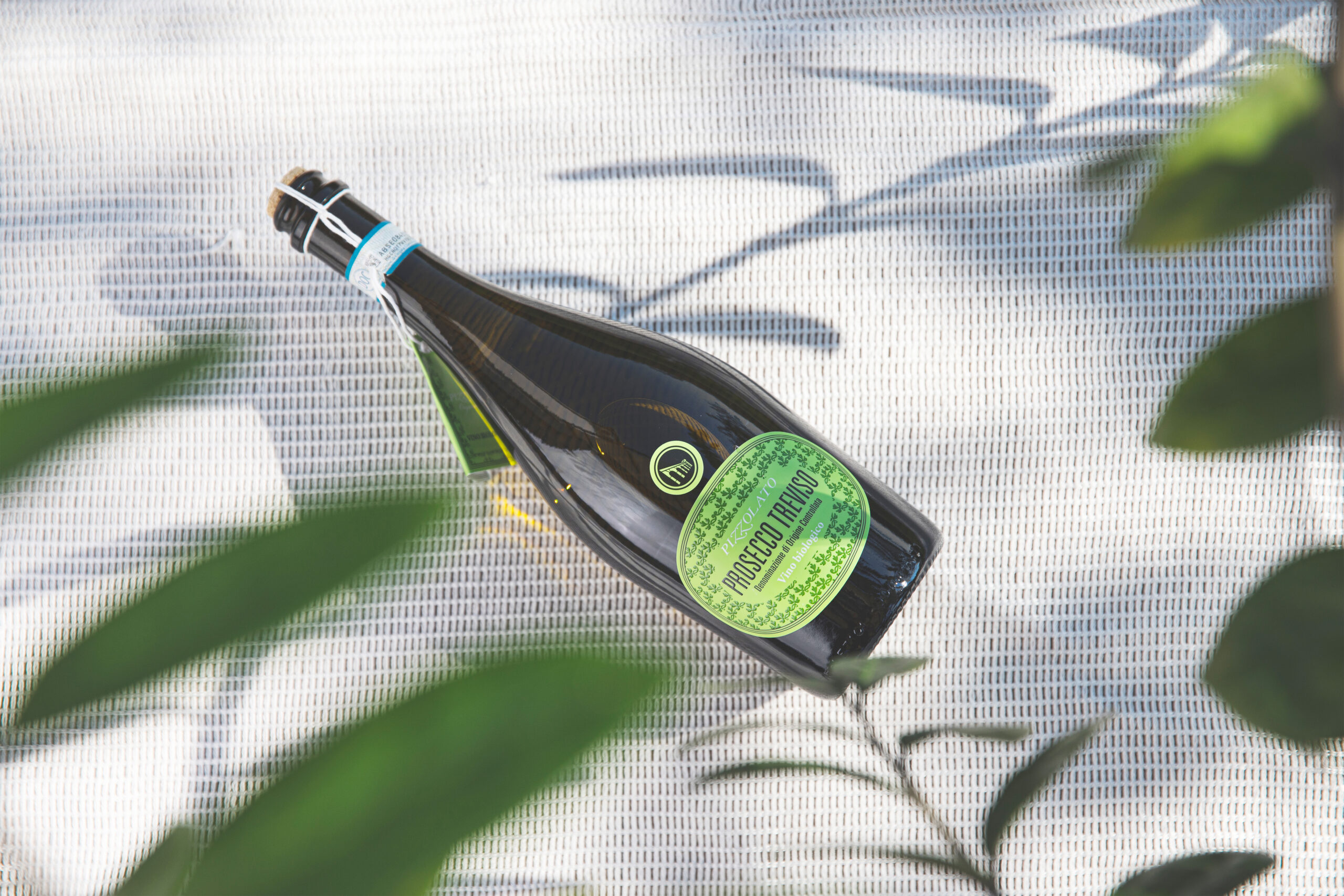Who hasn't wondered at least once how our beloved sparkling wines are made? In this blog article we will help you discover the methods of sparkling our wines that give us the much-loved bubbles!
But let's clarify right away: does Prosecco mean sparkling wine?
Prosecco is the name of the wine that comes out of the different methods of sparkling, protected by a set of specifications and by the consortia of Prosecco DOC and Prosecco Conegliano-Valdobbiadene DOCG and Asolo-Montello DOCG. Spumante, as well as frizzante, on the other hand, indicates the type of processing. From glera grapes we obtain prosecco wine, for which glera is the grape variety. Glera grapes outside the DOC or DOCG appellation give rise to glera wines or generic white wines.
Sparkling = Spumante?
No, sparkling and spumante indicate two different types of wine making. The main distinction between a sparkling and a semi-sparkling wine lies in the intensity of the overpressure generated by the amount of carbon dioxide in the liquid: for our sparkling wines it is greater than or equal to 3 bar, while for semi-sparkling wines it is between 1 and 2.5 bar. The result is that sparkling wines exhibit greater effervescence and greater development of bubbles, the so-called perlage. This is why sparkling wines are usually bottled in glass containers that resist pressure, with a metal cage protecting the mushroom cap to prevent the internal pressure from suddenly expelling it.
The bubbles in sparkling and sparkling wines are the product of a second fermentation from which carbon dioxide is developed. In the case of sparkling wine, if the refermentation takes place in the bottle it is called "classic method" sparkling wine, if the refermentation takes place in an autoclave it is called "Martinotti or Charmat method." Generally, however, sparkling wine is produced with the Charmat method or, lately, in some specific areas, even with the bottom.
But now let's see what the difference is between the various methods of sparkling wine making. Curious? Charmat method and classic method: a challenge to the last bubble!
Every sparkling wine process starts with a still, i.e., still, base wine that can be glera for future Prosecco DOC and DOCG or other types of grapes such as Pinot grigio or nero or Chardonnay for generic sparkling wines or the more famous classic methods, such as Franciacorta or Champagne. The must, obtained from the grapes, has already undergone an initial fermentation process that transformed it into full-fledged wine.
Here, however, the winery winemaker can choose two routes for sparkling base wines: the Charmat Method or the Classic Method.
The Charmat Method involves sparkling wine fermentation in an autoclave, that is, in a completely hermetic steel tank. In the Charmat Method, the base wine that is to undergo fermentation is placed in the autoclave after undergoing filtration to start the process with a top-quality product. Then, inside the autoclave are added the base wine, selected yeasts and sugar (organic for our organic wines) capable of starting the refermentation and especially conducting it in the proper way. Prosecco DOC/DOCG is obtained precisely through this method, as per the Production Regulations.
The Metodo Classico, on the other hand, is the most widely used method for the famous Champagnes: this involves a refermentation of the base wine in the bottle and no longer in an autoclave.
The base wine is then topped up with Liqueur de Tirage, which is a mixture of wine, yeast and sugars that is able to produce the froth setting in the bottle. The bottle is then closed: the airtightness ensures that the CO2 remains trapped, embellishing the wine with the beloved bubbles. After that, the bottle is slowly turned upside down so that the spent yeast flows to the neck of the bottle: now Degorgement is implemented. Degorgement is a technique whereby the cork created at the neck of the bottle containing the yeasts is quickly frozen, and once the crown cap is popped, that cork escapes due to the pressure inside the bottle. Now the sparkling wine can eventually be topped up with Liqueur d'Expedition, which is a syrup of wine and sugar, to replenish the wine lost through degorgement.
Our Certified Organic Classic Method
Fruit of the symphony of Chardonnay and Manzoni Bianco, our Metodo Classico sparkling wine remains in contact with yeasts for at least 36 months. And since it is a Brut Nature, disgorgement takes place without the addition of sugar and Liqueur d'Expedition.
Thanks to its intense colors and aromas from ripe fruit and honey, enriched by floral hints and hints of leavened bread dough, our Metodo Classico received 91/100 at the Wine Without Walls - 5 Star Wines competition at Vinitaly 2022 and won a bronze medal at the Decanter World Wine Awards 2022.
The Decanter World Wine Awards is the world's largest and most influential wine competition and is probably the most comprehensive and authoritative source of advice for wine lovers around the world. It is the trusted relationship that Decanter, the world's leading wine media brand, has with an international audience of consumers and professionals that sets DWWA apart from other competitions, along with world-class juries and a rigorous judging process.



